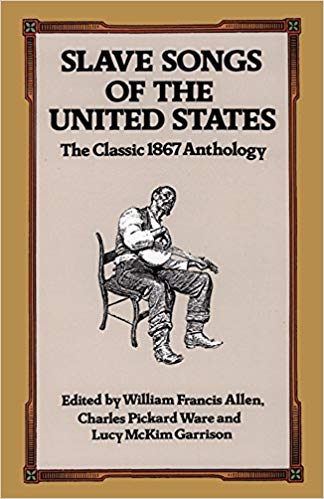Songinfo
"
Down in the River to Pray" (also known as "Down to the River to Pray," "Down in the Valley to Pray," "The Good Old Way," and "Come, Let Us All Go Down") is a traditional American song variously described as a Christian folk hymn, an African-American spiritual, an Appalachian song, and a gospel song. The exact origin of the song is unknown. Research suggests that it was composed by an African-American slave. The earliest known version of the song, titled "
The Good Old Way," was published in Slave Songs of the United States in 1867. The song (#104) is credited to "Mr. G. H. Allan" of Nashville, Tennessee, who was likely the transcriber rather than the author. The lyrics printed in this collection are:
As I went down in de valley to pray,
Studying about dat good old way,
When you shall wear de starry crown,
Good Lord, show me de way.
O mourner,* let's go down, let's go down, let's go down,
O mourner, let's go down,
Down in de valley to pray

Another version, titled "Come, Let Us All Go Down," was published in 1880 in The Story of the Jubilee Singers; With Their Songs, a book about the Fisk Jubilee Singers. That version also refers to a valley rather than a river. In some versions, "in the river" is replaced by "to the river". The phrase "in the river" is significant, for two reasons. The more obvious reason is that the song has often been sung at outdoor baptisms (such as the full-immersion baptism depicted in
O Brother, Where Art Thou?. Another reason is that many slave songs contained coded messages for escaping. When the slaves escaped, they would walk in the river because the water would cover their scent from the bounty-hunters' dogs. Similarly, the "starry crown" could refer to navigating their escape by the stars. And "Good Lord, show me the way" could be a prayer for God's guidance to find the escape route, commonly known as "the Underground Railroad." The song gained popularity in 2000 after Alison Krauss performed it for the soundtrack of the film, O Brother, Where Art Thou?